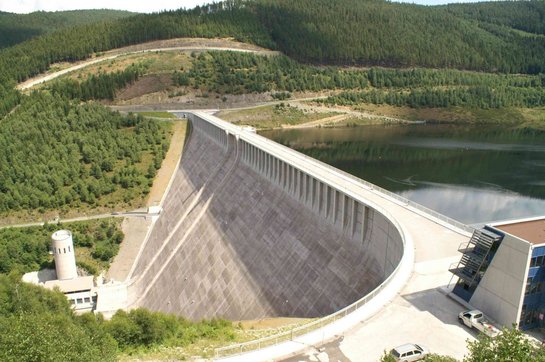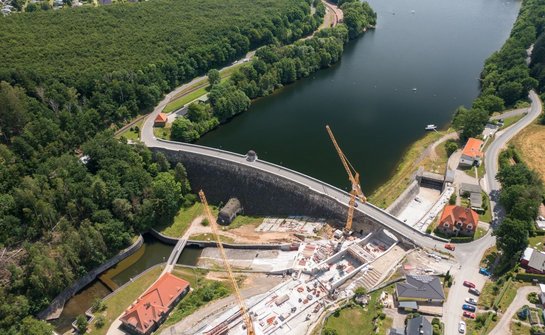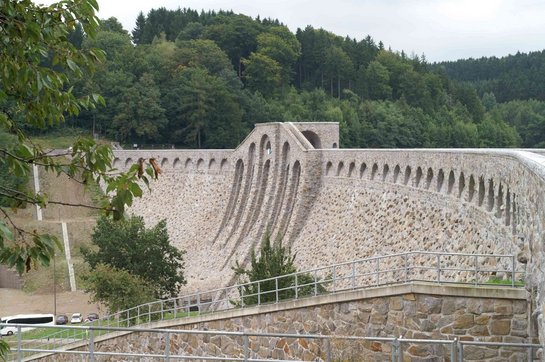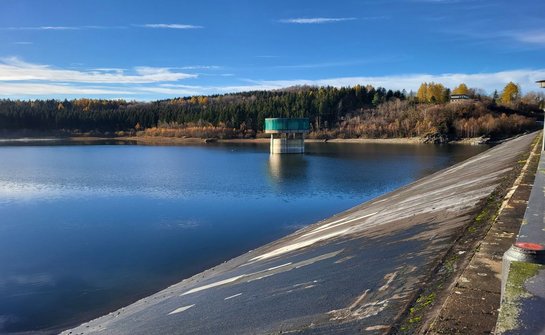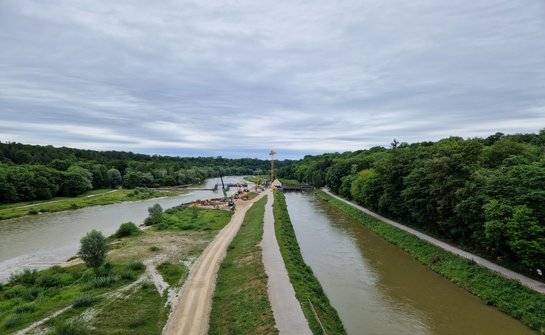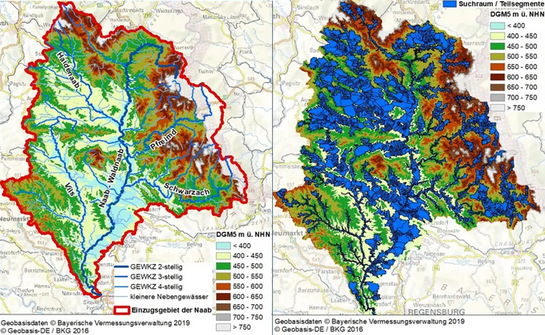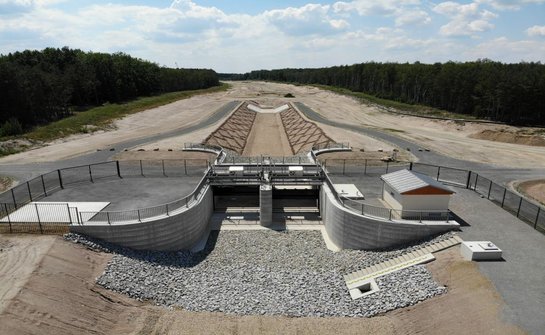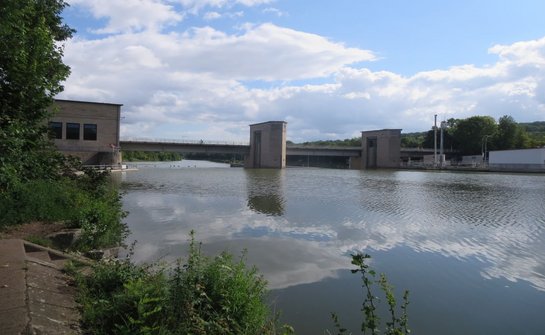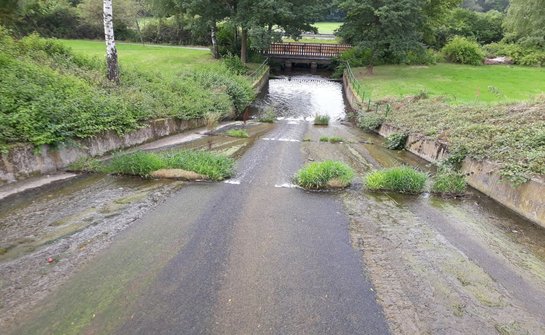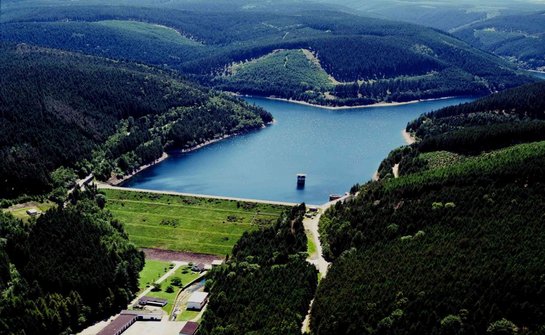Our employees possess many years of experience in the planning and supervision of the construction and renovation of dams, flood retention basins and weir systems. The latest developments in construction material technology and environmental legislation are taken into account. Reliability verifications for dams in accordance with DIN 19700 are created using modern 3D FEM programmes.
